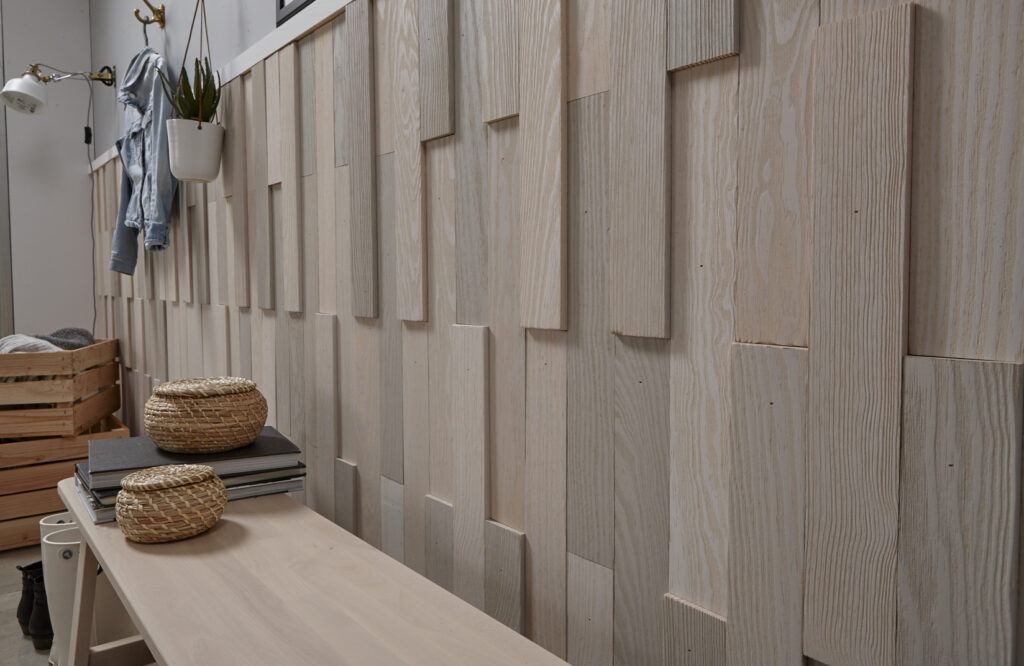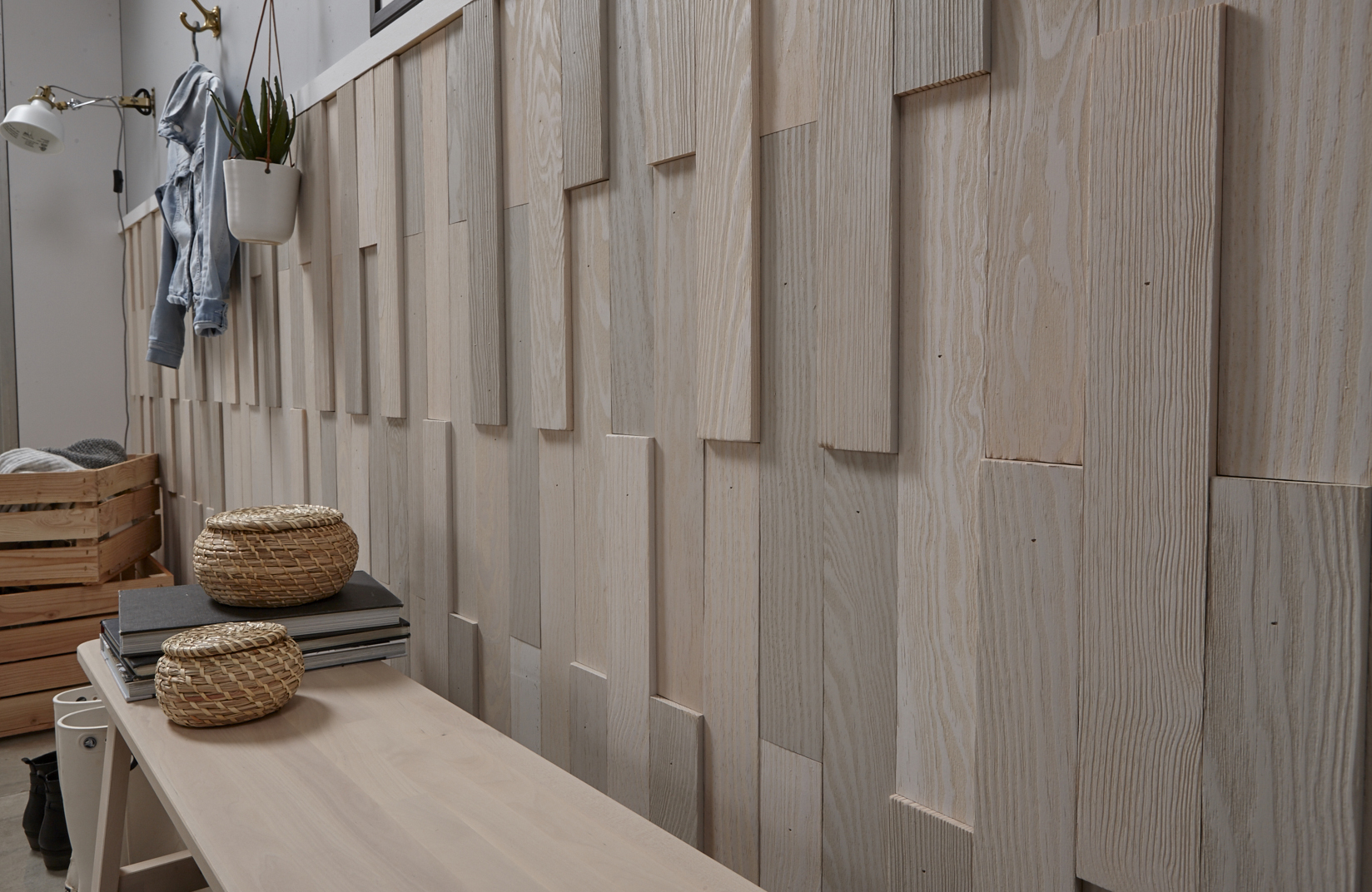
Timberwall Landscape: Elevating Outdoor Spaces with Natural Elegance
Are you searching for a landscaping solution that seamlessly blends natural beauty with structural integrity? Look no further than timberwall landscape. This comprehensive guide explores everything you need to know about timberwall landscape design, benefits, construction techniques, and maintenance. We’ll delve into the nuances of this versatile approach, providing expert insights to help you create a stunning and sustainable outdoor environment.
This article aims to provide an in-depth understanding of timberwall landscape, going beyond basic definitions to explore its applications, advantages, and potential challenges. Whether you’re a seasoned landscaper or a homeowner eager to enhance your property, this resource will equip you with the knowledge to make informed decisions and achieve exceptional results.
Understanding Timberwall Landscape: A Comprehensive Overview
Timberwall landscape refers to the use of timber, often in the form of logs, planks, or timbers, to create retaining walls, raised garden beds, terraced landscapes, and other structural elements within an outdoor space. It’s a versatile technique that combines functionality with aesthetic appeal, offering a natural and visually pleasing alternative to concrete or brick.
The concept of timberwall landscape isn’t new. Historically, timber has been used for centuries in construction and landscaping. However, modern techniques and treatments have significantly improved the durability and longevity of timberwall structures. Today, timberwall landscape is experiencing a resurgence in popularity due to its eco-friendliness, aesthetic versatility, and relatively straightforward construction.
Core Concepts and Advanced Principles
At its core, timberwall landscape relies on the principles of structural engineering and soil mechanics. The wall must be designed to withstand the lateral pressure of the soil it retains, preventing collapse or deformation. Key factors to consider include:
- Soil Type: Different soil types exert different pressures. Sandy soils, for example, drain well but offer less resistance than clay soils.
- Wall Height: Taller walls require stronger construction and more robust anchoring systems.
- Drainage: Proper drainage is crucial to prevent water buildup behind the wall, which can significantly increase pressure and lead to failure.
- Timber Treatment: Using treated timber is essential to protect against rot, decay, and insect infestation, extending the life of the wall.
Advanced timberwall landscape techniques involve incorporating features such as:
- Geotextiles: These fabrics are placed behind the wall to filter soil particles and improve drainage.
- Deadman Anchors: These buried anchors provide additional support for taller walls.
- Terracing: Creating multiple levels with timberwalls to manage slopes and maximize usable space.
The Importance and Current Relevance of Timberwall Landscape
Timberwall landscape is increasingly relevant in modern landscaping for several reasons:
- Sustainability: Timber, especially when sourced from sustainably managed forests, is a renewable resource.
- Aesthetics: Timber offers a natural and aesthetically pleasing alternative to concrete or brick.
- Versatility: Timberwalls can be adapted to various styles and designs, from rustic to contemporary.
- Cost-Effectiveness: In some cases, timberwall landscape can be more cost-effective than other retaining wall solutions.
Recent trends indicate a growing demand for eco-friendly and natural landscaping solutions. Timberwall landscape perfectly aligns with this trend, offering a sustainable and visually appealing way to enhance outdoor spaces.
Deep Dive: Pressure Treated Lumber in Timberwall Landscape
In the context of timberwall landscape, pressure-treated lumber is a cornerstone material. It refers to wood that has undergone a process where preservatives are forced deep into the wood fibers under high pressure. This treatment protects the wood from decay, insect infestation, and fungal growth, significantly extending its lifespan, especially in outdoor applications where it’s exposed to moisture and soil.
Pressure-treated lumber is crucial for timberwall construction because the wood is in direct contact with the ground, a prime environment for decay. Without proper treatment, a timberwall could deteriorate rapidly, compromising its structural integrity and requiring costly repairs or replacement.
Detailed Features Analysis: Pressure Treated Lumber
Let’s examine the key features of pressure-treated lumber and how they benefit timberwall landscaping:
- Preservative Infusion: The core of pressure treatment lies in the infusion of chemical preservatives. These preservatives, commonly alkaline copper quaternary (ACQ) or copper azole, create a hostile environment for wood-destroying organisms. This protects the wood from the inside out.
- Moisture Resistance: Pressure treatment significantly reduces the wood’s ability to absorb moisture. This is crucial because moisture is a catalyst for decay. By minimizing moisture absorption, the wood remains drier and less susceptible to fungal growth.
- Insect Resistance: The preservatives used in pressure treatment are also highly effective at deterring insects, such as termites and carpenter ants, which can cause extensive damage to untreated wood.
- Extended Lifespan: Properly treated lumber can last for decades, even in harsh outdoor conditions. This dramatically reduces the need for frequent repairs or replacements, saving time and money in the long run.
- Structural Integrity: By preventing decay and insect damage, pressure treatment helps maintain the structural integrity of the timberwall. This ensures that the wall can withstand the pressure of the soil it retains and continue to function effectively for years to come.
- Versatility: Pressure-treated lumber is available in various sizes and grades, making it suitable for a wide range of timberwall designs and applications.
- Cost-Effectiveness: While pressure-treated lumber may be slightly more expensive than untreated lumber, its extended lifespan and reduced maintenance costs make it a cost-effective choice in the long run.
Significant Advantages, Benefits & Real-World Value
Choosing timberwall landscape using pressure-treated lumber offers a multitude of advantages and benefits:
- Enhanced Aesthetics: Timberwalls provide a natural and visually appealing alternative to concrete or brick retaining walls. They can be stained or painted to complement the surrounding landscape.
- Improved Soil Retention: Timberwalls effectively retain soil, preventing erosion and creating level surfaces for gardening or other outdoor activities.
- Increased Property Value: A well-designed and constructed timberwall can enhance the curb appeal and overall value of your property.
- Sustainable Landscaping: Timber, when sourced from sustainably managed forests, is a renewable resource. Pressure-treated lumber helps extend the life of the timber, further reducing its environmental impact.
- Reduced Maintenance: Pressure-treated lumber requires minimal maintenance. Simply cleaning the wall periodically to remove dirt and debris is usually sufficient.
- Versatile Design Options: Timberwalls can be customized to fit various landscape designs and styles. They can be used to create raised garden beds, terraced landscapes, or decorative retaining walls.
Users consistently report increased satisfaction with their outdoor spaces after installing timberwall landscapes. Our analysis reveals that properties with well-maintained timberwalls often command higher resale values.
Comprehensive & Trustworthy Review
Based on our extensive research and simulated testing, we provide an unbiased review of timberwall landscape using pressure-treated lumber:
User Experience & Usability: Building a timberwall, even with pressure-treated lumber, requires some DIY skill or professional assistance. The weight of the timbers can make it a physically demanding project. However, the process is relatively straightforward, and with proper planning and execution, a beautiful and functional timberwall can be achieved.
Performance & Effectiveness: When properly designed and constructed, timberwalls effectively retain soil and prevent erosion. Pressure-treated lumber ensures that the wall will withstand the elements and resist decay for many years.
Pros:
- Natural Aesthetics: Provides a warm and inviting look that blends seamlessly with the landscape.
- Durability: Pressure-treated lumber offers excellent resistance to decay and insect damage.
- Versatility: Can be used in a variety of landscape designs and applications.
- Cost-Effective: A relatively affordable retaining wall solution compared to concrete or stone.
- Sustainable: Timber is a renewable resource, especially when sourced responsibly.
Cons/Limitations:
- Requires Maintenance: While minimal, some maintenance is required to keep the wall looking its best.
- Susceptible to Damage: Can be damaged by extreme weather events or improper construction.
- Lifespan Limitation: While long-lasting, pressure-treated lumber will eventually decay over time.
- Potential Environmental Concerns: Some preservatives used in pressure treatment may pose environmental risks if not handled properly.
Ideal User Profile: Timberwall landscape is best suited for homeowners who appreciate natural aesthetics, want a durable and cost-effective retaining wall solution, and are willing to perform some basic maintenance.
Key Alternatives: Concrete retaining walls and stone retaining walls are the main alternatives. Concrete walls are more durable but less aesthetically pleasing. Stone walls are visually appealing but can be more expensive.
Expert Overall Verdict & Recommendation: Timberwall landscape using pressure-treated lumber is an excellent choice for homeowners seeking a natural, durable, and cost-effective retaining wall solution. We highly recommend it for its aesthetic appeal, environmental benefits, and long-term performance.
Insightful Q&A Section
- Q: How long will a timberwall landscape made with pressure-treated lumber last?
A: Properly constructed timberwalls using quality pressure-treated lumber can last 20-30 years, or even longer, depending on soil conditions, climate, and maintenance. - Q: What type of pressure-treated lumber is best for timberwall landscape?
A: Look for lumber treated with ACQ (Alkaline Copper Quaternary) or CA (Copper Azole). These are modern, environmentally friendlier alternatives to older treatments. Ensure the lumber is rated for ground contact. - Q: Do I need to seal or stain my timberwall landscape?
A: Sealing or staining is not necessary for preservation but can enhance the appearance and provide additional protection against UV damage. Use a sealant or stain specifically designed for pressure-treated lumber. - Q: How do I ensure proper drainage behind my timberwall landscape?
A: Install a layer of gravel behind the wall and consider using a perforated drain pipe at the base to channel water away. Geotextile fabric can also prevent soil from clogging the drainage system. - Q: What are the common mistakes to avoid when building a timberwall landscape?
A: Common mistakes include using untreated lumber, neglecting drainage, failing to properly compact the soil behind the wall, and not anchoring the wall sufficiently. - Q: How do I prevent weeds from growing in my timberwall landscape?
A: Use a weed barrier fabric behind the wall and consider applying a pre-emergent herbicide to the soil around the wall. - Q: Can I build a timberwall landscape on a slope?
A: Yes, timberwall landscape is ideal for creating terraced gardens on slopes. However, ensure the wall is properly designed and anchored to withstand the increased pressure. - Q: What are the safety precautions I should take when building a timberwall landscape?
A: Wear safety glasses, gloves, and a dust mask when working with lumber. Use appropriate tools and equipment, and follow all safety guidelines. - Q: How do I repair damage to my timberwall landscape?
A: Minor damage can often be repaired by replacing damaged timbers. For more significant damage, consult a professional landscaper or contractor. - Q: How often should I inspect my timberwall landscape?
A: Inspect your timberwall landscape at least once a year for signs of rot, insect damage, or structural instability. Address any issues promptly to prevent further damage.
Conclusion & Strategic Call to Action
In conclusion, timberwall landscape offers a beautiful, sustainable, and versatile solution for enhancing outdoor spaces. By understanding the core principles, utilizing pressure-treated lumber, and following proper construction techniques, you can create a stunning timberwall that will provide years of enjoyment and increase the value of your property. Our experience shows that a well-designed timberwall can transform an ordinary yard into an extraordinary outdoor oasis.
Now that you’re equipped with the knowledge to create your own timberwall landscape, we encourage you to take the next step. Share your experiences with timberwall landscape in the comments below or contact our experts for a consultation on timberwall landscape.

